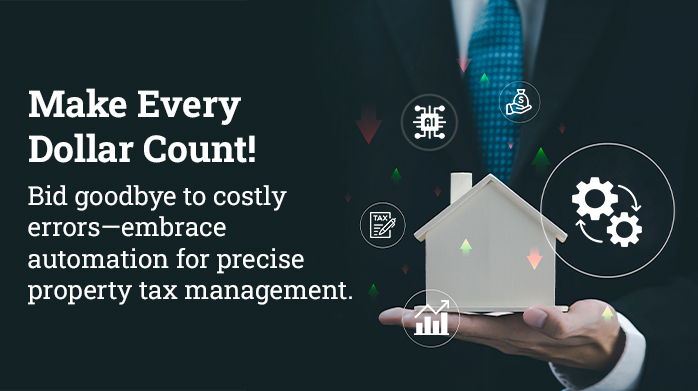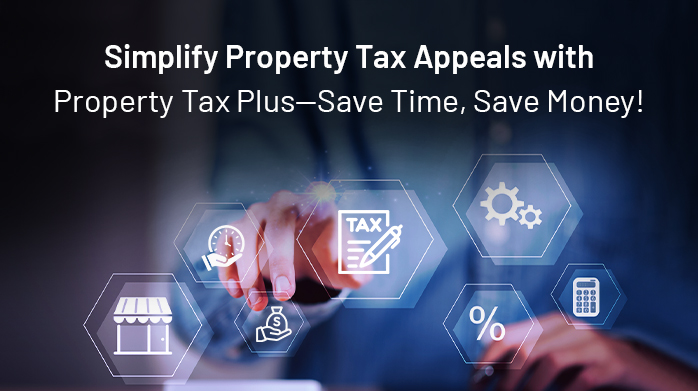Handling property tax appeals can be a monumental challenge for large organizations, particularly those with extensive real estate portfolios spanning multiple jurisdictions. Each region imposes a unique set of rules, deadlines, and documentation requirements, without any standardized approach to property tax assessments. This lack of uniformity creates a maze, making manual processes not only time-consuming but also highly prone to costly errors. Without the support of property tax automation, navigating these complex requirements can lead to hidden financial drains. Today, property tax software is no longer optional; it’s a necessity for efficient and accurate property tax management in today’s multi-jurisdictional landscape.
Navigating the Challenges of Cross-Jurisdictional Property Tax Management
As companies grow and expand their real estate holdings, the complexities of property tax management increase exponentially. Each jurisdiction introduces specific tax regulations, forms, and deadlines, which can be overwhelming to track. Manually handling these complexities is not only labor-intensive; it also elevates the risk of costly mistakes that could result in missed deadlines, penalties, and missed opportunities to appeal assessments. Without the consistency and efficiency that property tax software solutions offer, companies are exposed to higher operational risks and financial strain.
Common Pitfalls in Manual Property Tax Processes
Relying on manual processes for property tax management brings several pitfalls, leading to potential financial setbacks. Some of the most prevalent issues in manual property tax solutions include:
1. Data Disorganization: Manually entered data often ends up scattered across multiple documents and systems, increasing the risk of discrepancies and mistakes due to human error. These errors can have a domino effect, affecting the accuracy of filings and assessments, and ultimately resulting in financial penalties.
2. High Time Investment: Manual processes require substantial time and resources, diverting attention from strategic tasks toward mundane data entry. This inefficiency can drive up operational costs and limit productivity.
3. Risk of Missed Deadlines: Relying on spreadsheets or manual tracking methods for important deadlines is risky. Missed deadlines can lead to fines, additional interest charges, or even the forfeiture of appeal rights, which could have safeguarded the organization’s interests.

4. Resource Misallocation: Manual data management demands significant human effort, which could be better spent on value-added activities. This inefficient allocation of resources translates into higher costs without delivering proportional benefits.
5. Transparency Issues: With data spread across different systems, gaining a clear, unified view of property tax obligations is challenging. This lack of transparency hampers effective decision-making and strategic planning, leading to potential oversight in tax obligations.
The Deeper Inefficiencies of Manual Processes
The inefficiencies in manual property tax management run deeper than surface-level issues. Here’s how these inefficiencies hinder effective tax management:
• Labor-Intensive Tasks: Manual workflows require extensive labor for data entry, validation, and document management, unnecessarily driving up costs and creating redundancies. Property tax automation can streamline these processes, saving time and resources.
• Scaling Challenges: As a real estate portfolio grows, manual systems often become overwhelmed, leading to bottlenecks. Basic tools like spreadsheets are not designed to handle large volumes of data. Hence, property tax software solutions allow organizations to scale efficiently.
The High Cost of Manual Errors
Manual data entry and decentralized documentation processes increase the likelihood of costly errors. Common issues include:
• Data Entry Mistakes: Small errors in entering property values or measurements can cause significant discrepancies in tax calculations. Property tax automation ensures accuracy through data extraction and consolidation.
• Inconsistencies: When multiple people manage data across various systems, inconsistencies in applying tax rules often arise, leading to varying interpretations and potential issues.
• Document Misplacement: Handling essential documents manually increases the risk of losing critical records, which can be detrimental during audits or appeals. Automated property tax solutions centralize and secure documents, reducing this risk.

Transforming Property Tax Management with Property Tax Plus
Property Tax Plus offers a comprehensive property tax management software solution to these challenges, enabling organizations to streamline their property tax processes and reduce the risk of errors. With advanced reporting features, Property Tax Plus provides decision-makers with a clear, unified view of tax obligations across jurisdictions. This enables leaders to make informed decisions aligned with the organization’s financial goals.
Equipped with automated deadline tracking, data extraction, centralized data, and robust analytics, Property Tax Plus eliminates inefficiencies in manual processes. By consolidating all property tax data, this property tax software reduces operational costs and enhances transparency, allowing teams to focus on strategic initiatives rather than administrative burdens.
Conclusion
In a complex and evolving real estate landscape, sticking with outdated, manual property tax processes exposes organizations to significant risks and inefficiencies. By adopting Property Tax Plus, companies can shift from reactive, labor-intensive methods to a proactive, streamlined approach that improves accuracy and strategic decision-making.
Property Tax Plus is more than just a tool; it’s a strategic partner that empowers organizations to simplify and optimize property tax management, making the process faster, more reliable, and cost-effective. Embracing property tax automation is essential for any organization aiming to navigate today’s multi-jurisdictional tax landscape with confidence and precision.







